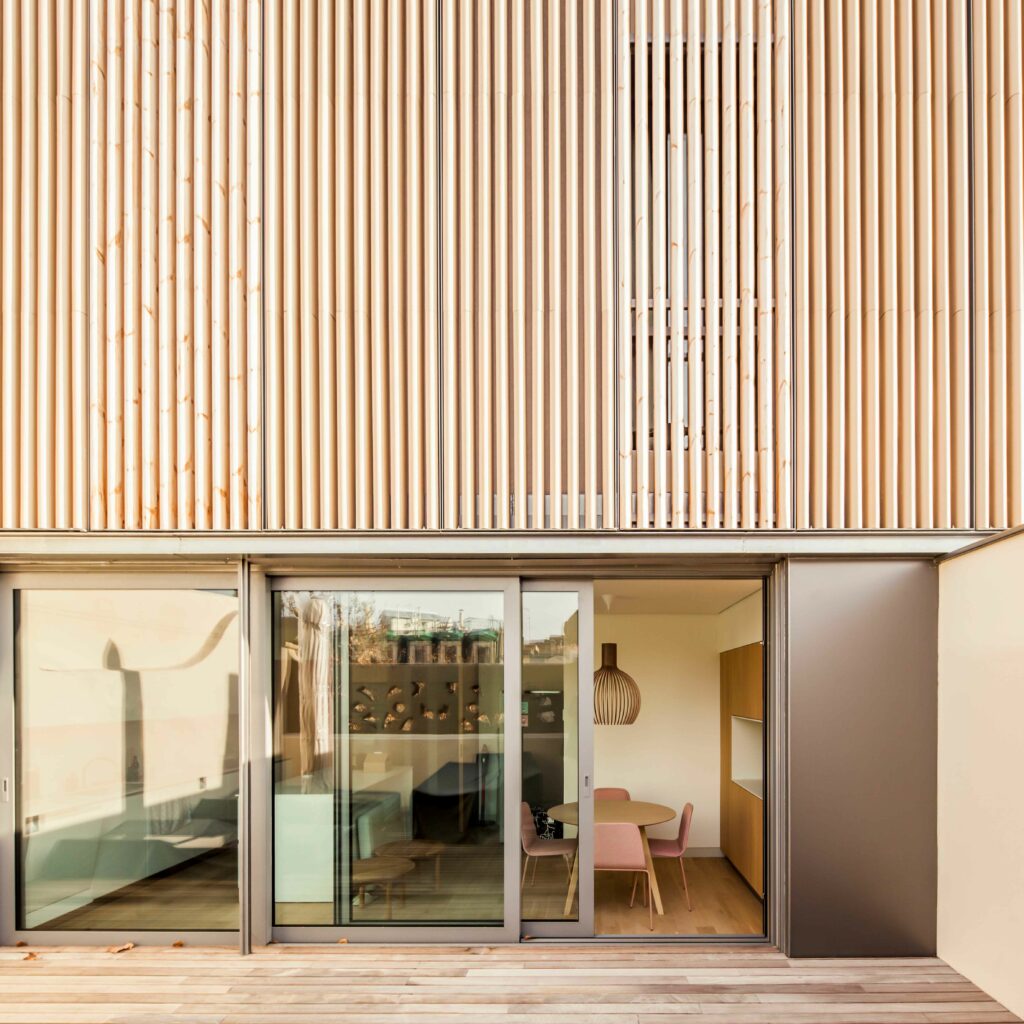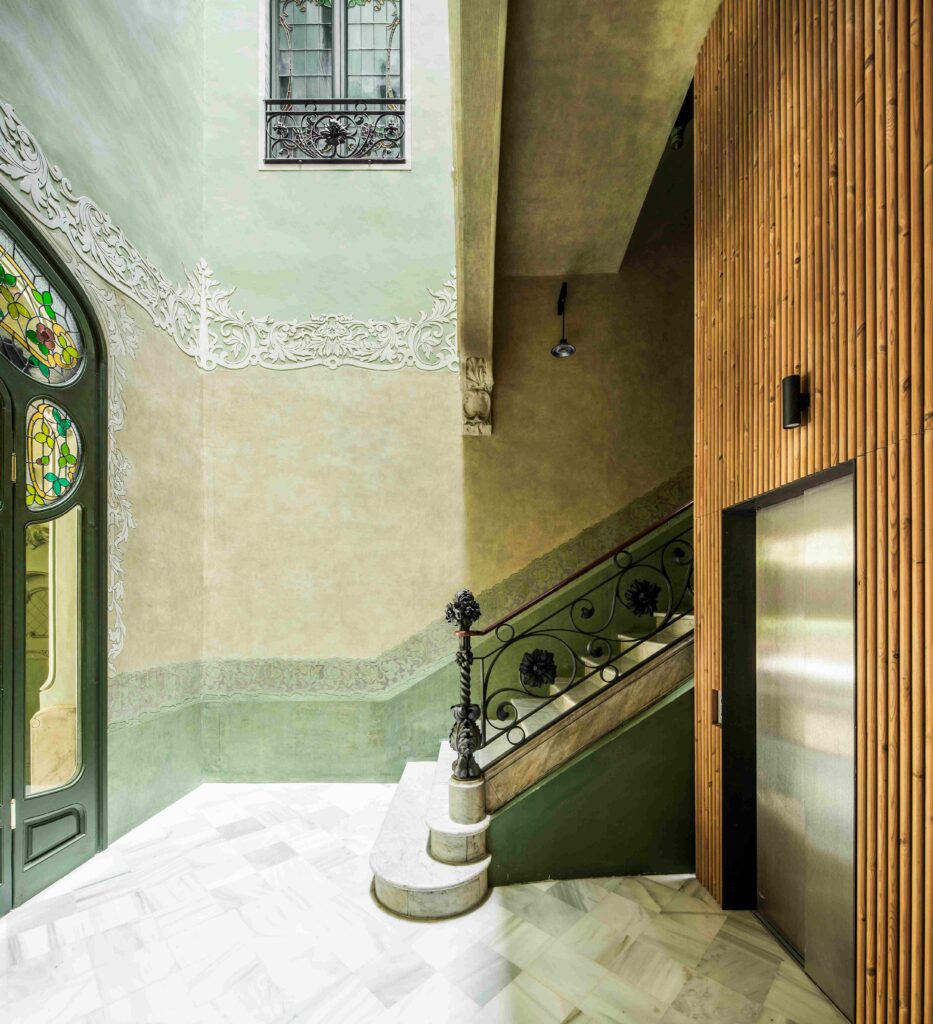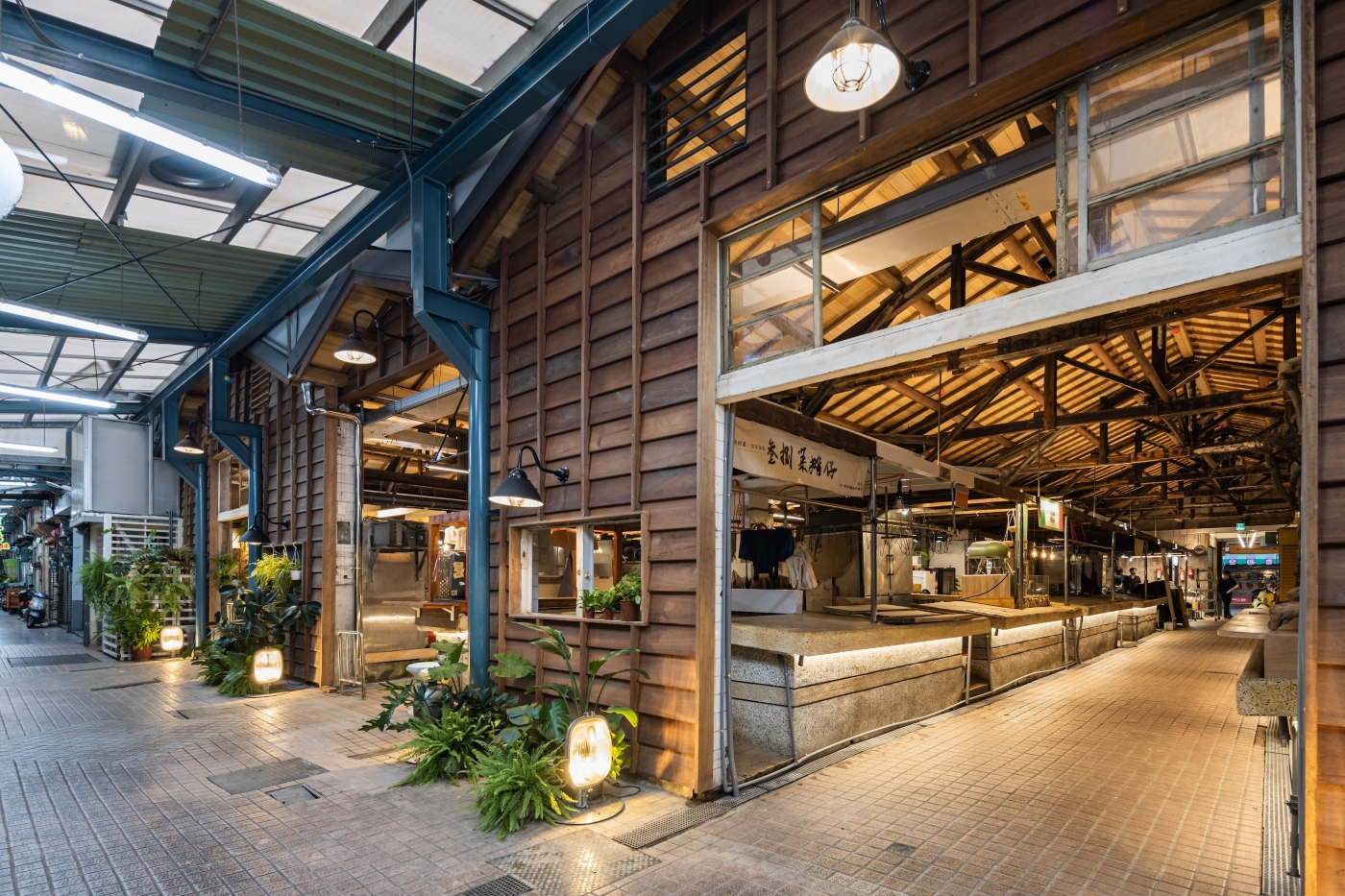Header: Eugeni Bach
Casa Alesan is, along with the neighbouring “Palau Macaya” by Josep Puig i Cadafalch, one of the most emblematic properties on Barcelona’s Sant Joan Boulevard. Commissioned by Dolors Alesan in 1902 to architect Enric Fatjó i Torras, the estate stands out for its decorative arts, both on the façade and interiors. Architecture studio Bach Arquitectes was recently tasked with refurbishing and renovating the historic estate, giving it a fresher look while ensuring all of the beautiful original elements were left intact.

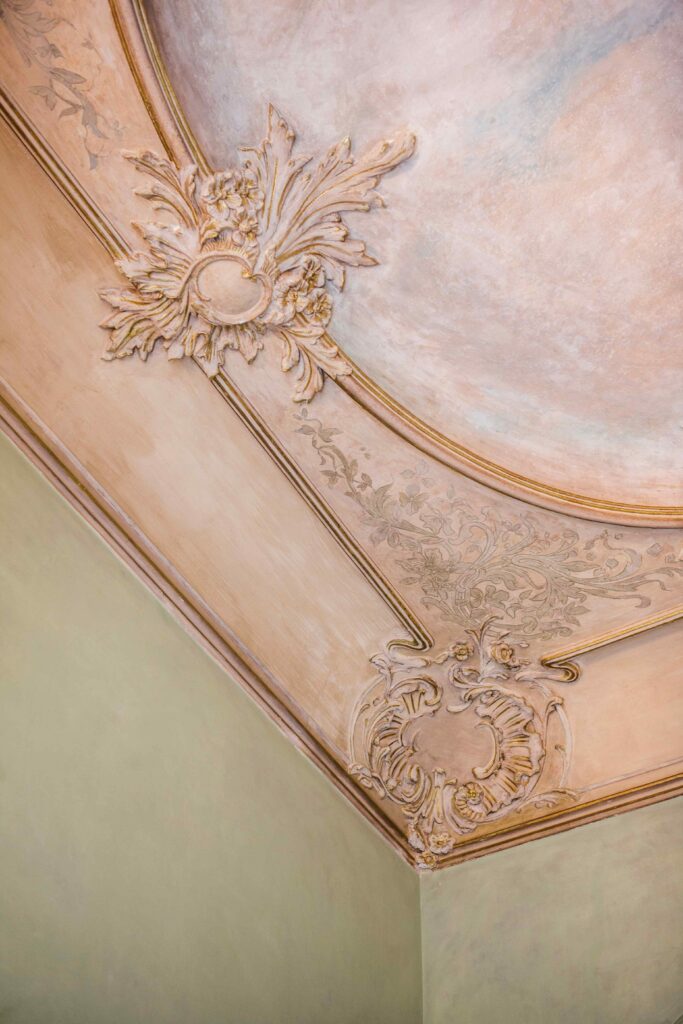
Presence and charm
When approaching the building, guests are instantly taken aback by the impressive set of stucco, stone sculpture, metalwork, and stained glass that form the façade, a work of beautiful proportions and presence on the Boulevard. Inside, the entrance hall and the staircase stand out, with a large skylight on the roof that provides natural light to all spaces. The interior of the apartments preserves the hydraulic floors and most of the plaster decoration ceilings, as well as beautiful galleries both on the façade and on the interior of the block.
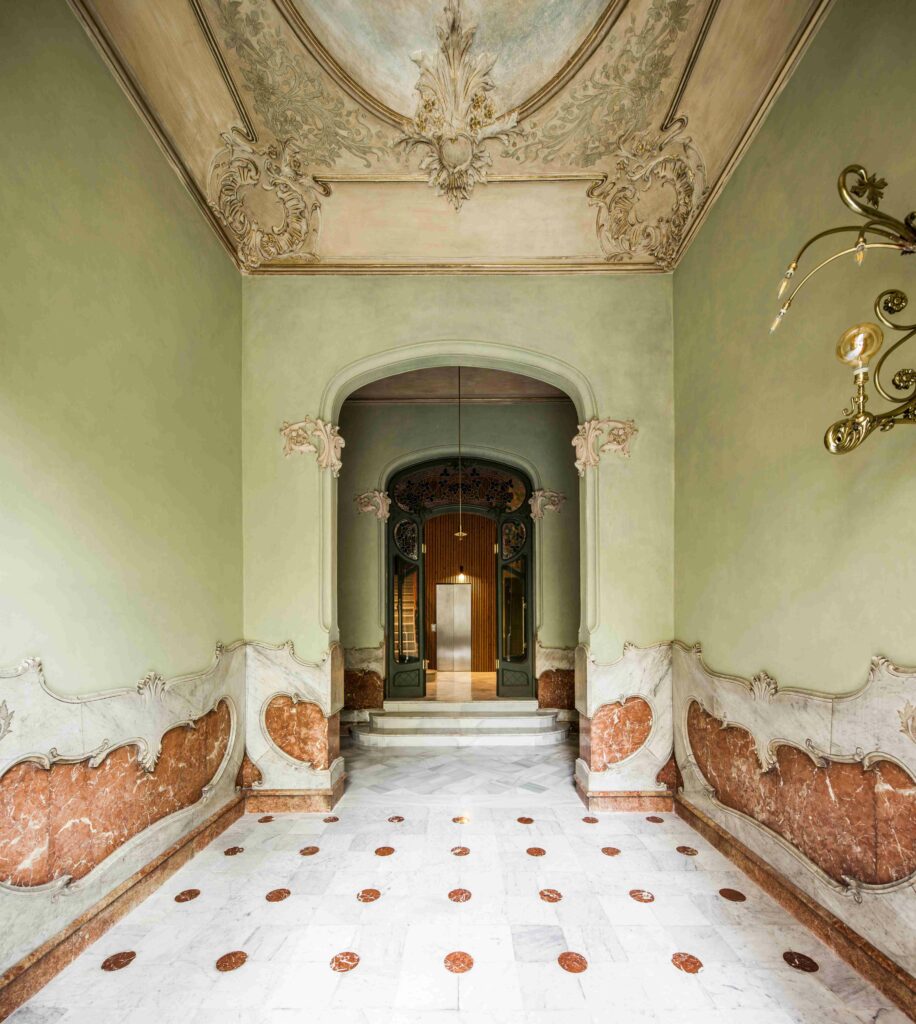

A curated new look
The project consists of the restoration, refurbishment, and extension of the property, with a new programme of 16 apartments and two newly created two-story flats to top off the building. In that regard, the biggest challenge of the project was how to go from 8 to 18 apartments while at the same time preserving the character of the property and restoring all the decorative elements that make it so special without distorting the original spaces. An added challenge was increasing the building with two top floors while generating a dialogue between the new and existing volumes.

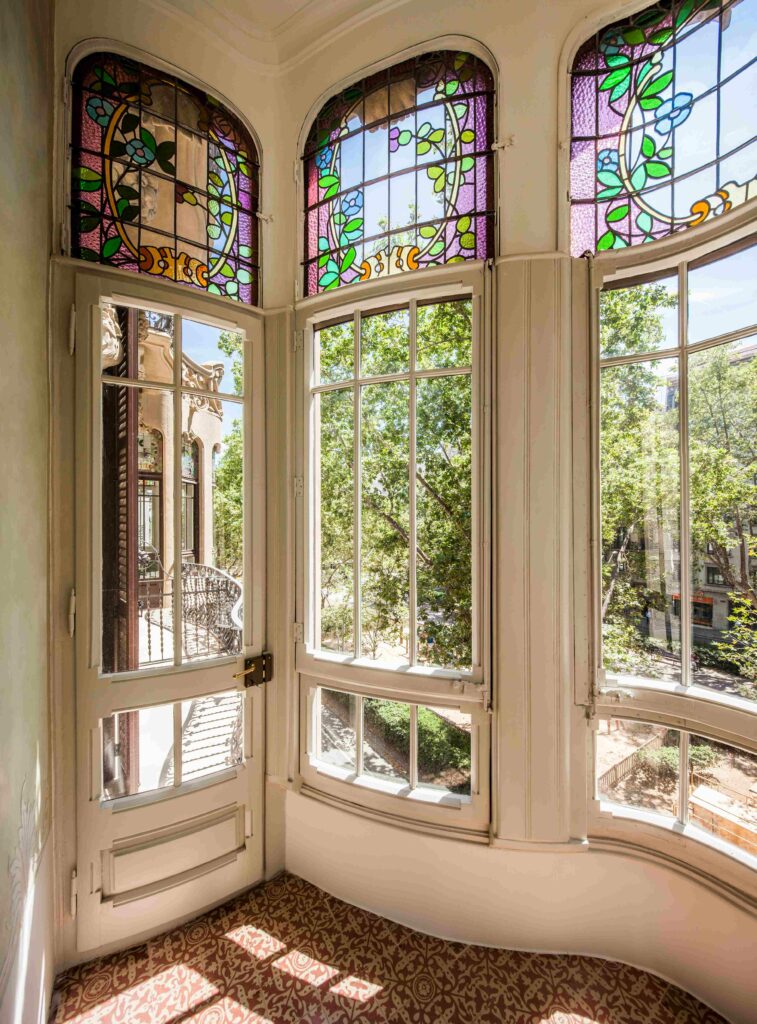
To achieve this, the designers restored the building’s façades and common spaces through surveying and cataloguing all elements. Inside the apartments, the new distribution preserves the perimeter of the floors and ceilings, working with volumes that do not reach the original height of the spaces so that their perimeter can be modified without distorting the original floors and ceilings.
Regarding the extension of the property, with two apartments in its upper part, the solution involved creating a new volume with a certain level of abstraction that, in the solution of the details, appears slightly separated from the original building. This volume is proposed with a façade made with vertical circular ceramic slats that provide lightness to the volume and, simultaneously, establish a chromatic relationship with the property on which it rests, as well as with the lantern of the neighbouring “Palau Macaya”.
